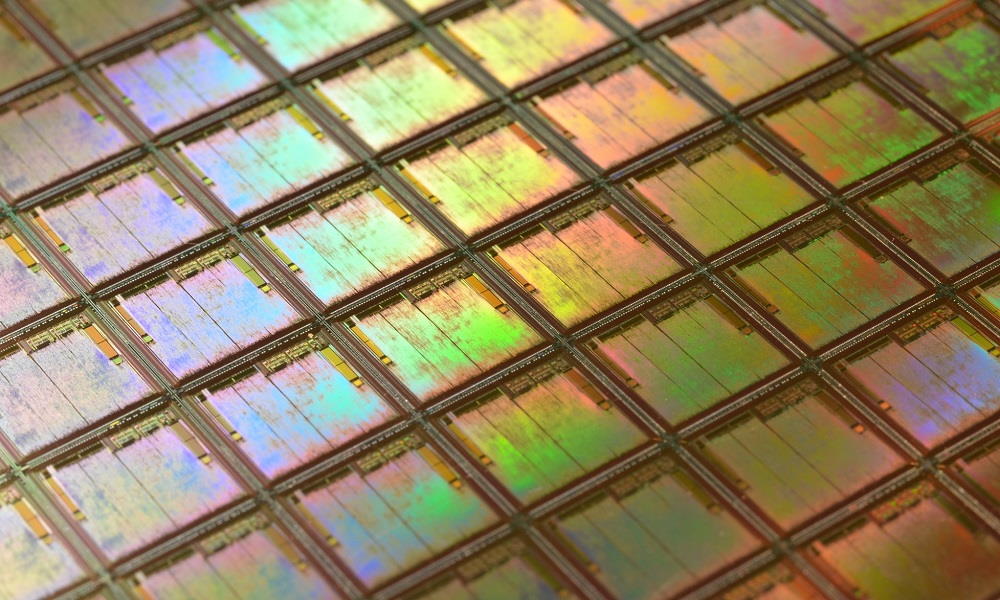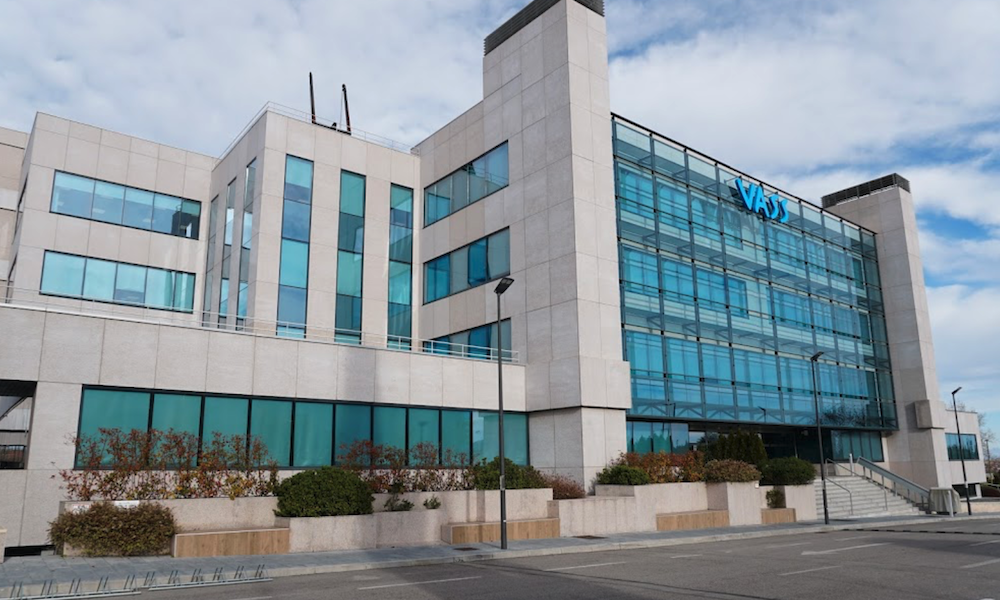
It is no secret that Intel and TSMC have been collaborating for some time to tackle new projects, and new challenges, that revolve around the production of semiconductors using increasingly advanced nodes. Those of you who read us regularly already know the challenges of reducing the manufacturing process, and the complications that this entails.
To overcome these challenges, it is necessary invest a lot of resources which, in general, are destined to the creation of new factories that have all the technology, and the instrumentation, necessary to be able to manufacture chips in increasingly advanced processes. Intel is currently hard at work on its 10nm and 7nm pipelines, while TSMC has been producing 5nm pipeline chips for some time now, and is already offering the enhanced 5nm node, which some consider like 4nm.
However, I remind you that it is not entirely fair to directly compare Intel and TSMC nodes, since the first integrates a higher density of transistors, and its processes are therefore more advanced in that sense. Thus, an Intel chip manufactured on the 10nm node integrates a higher transistor density than TSMC’s 7nm node, for example.
Returning to this collaboration between the two companies, the chip giant has turned to the Taiwanese giant because, plain and simple, it is not enough. The ones from Santa Clara they need to outsource some of their chip production, and according to sources from the Taiwanese distribution chain, Intel has already reached an agreement with TSMC for it to build a new factory in the city of Baoshan, which will be dedicated solely and exclusively to the manufacture of 3nm chips for Intel. .
Thanks to that 3nm node, Intel could return to the “tick-tock” model that it used until the arrival of Kaby Lake and that, as many of our readers will know, was characterized by alternating, annually, between a new architecture and the jump to a new node. Thus, for example, Ivy Bridge was a “tick” over Sandy Bridge, as it involved the jump to the 22nm node, Haswell was a “tock” over Ivy Bridge, as it introduced a significant increase in the IPC, and Broadwell was a “tick” on Haswell, since he made the jump to 14 nm.



